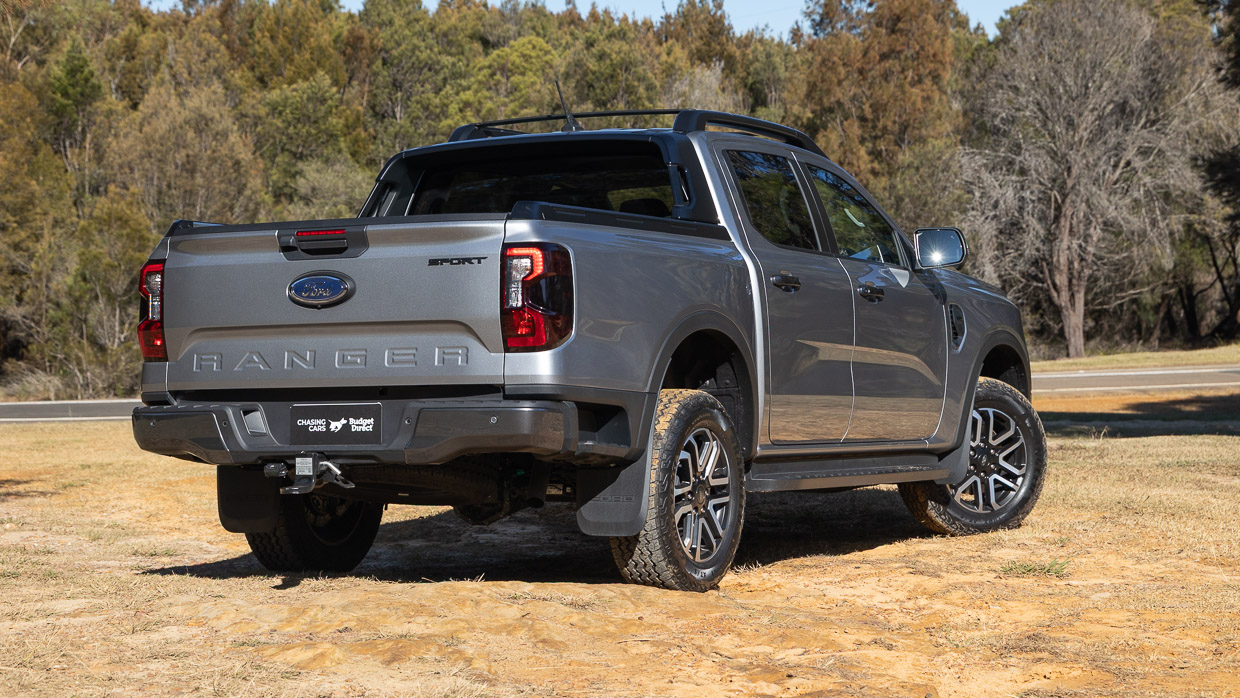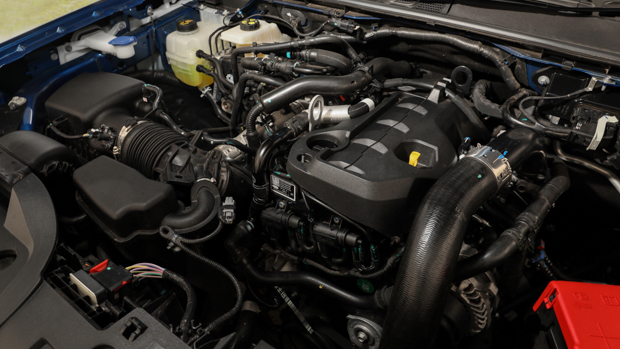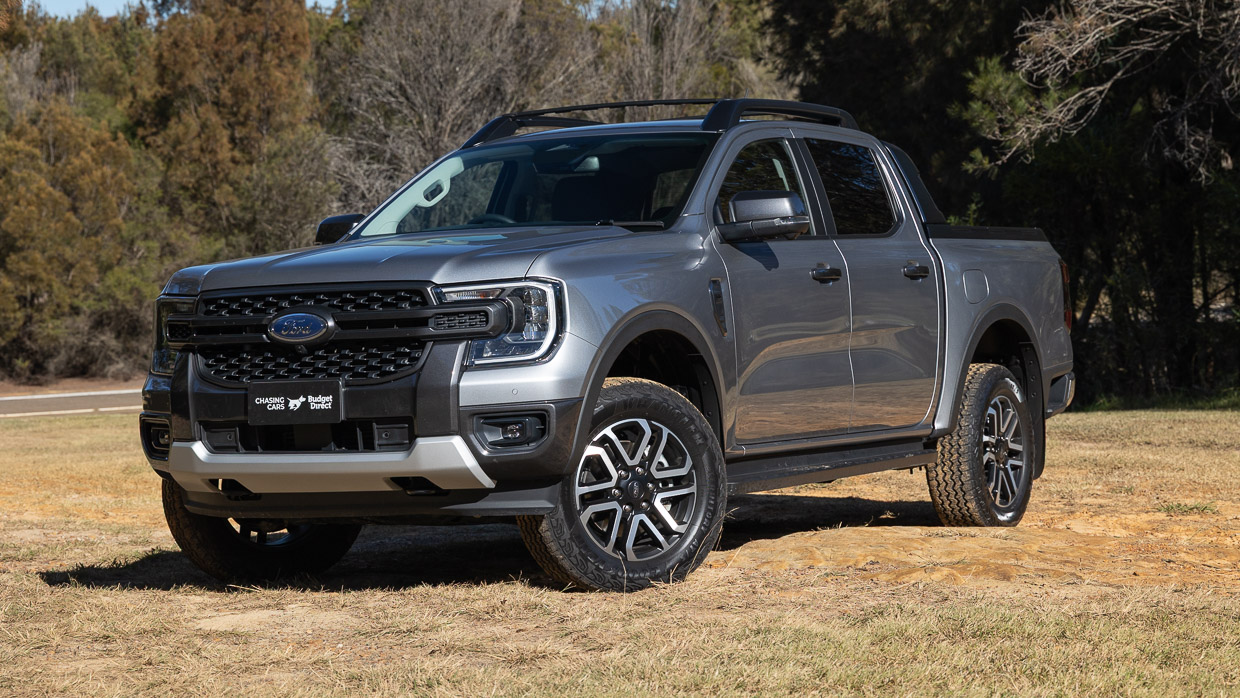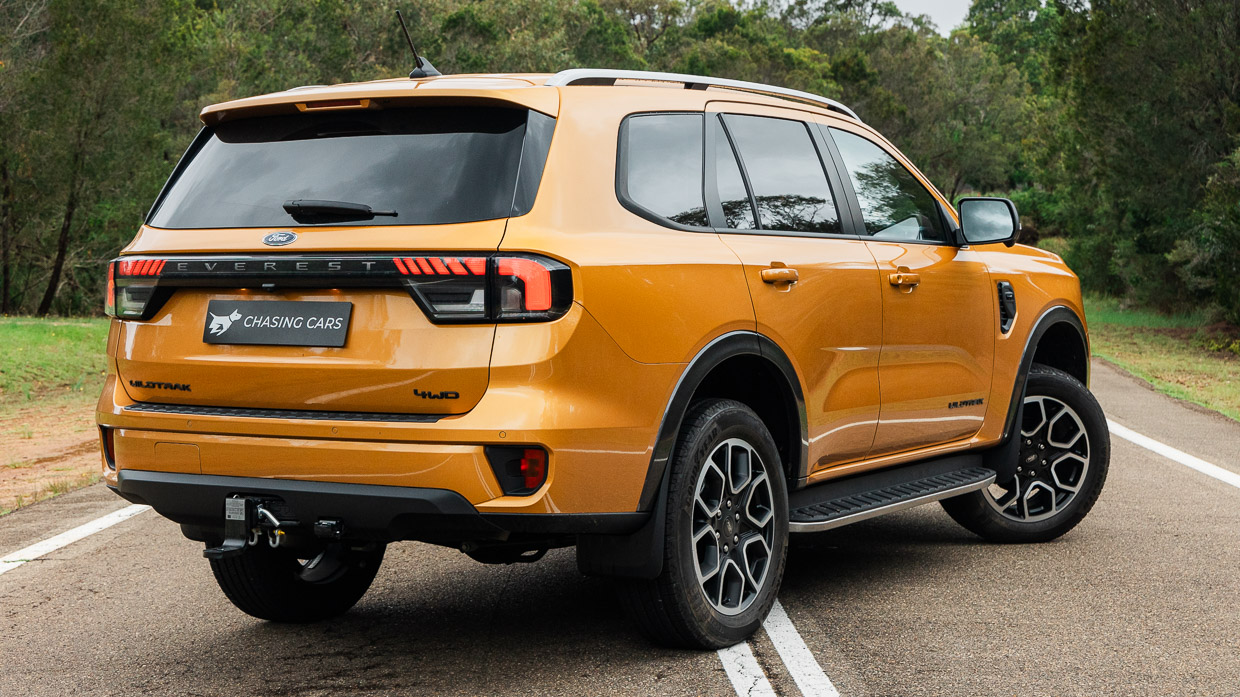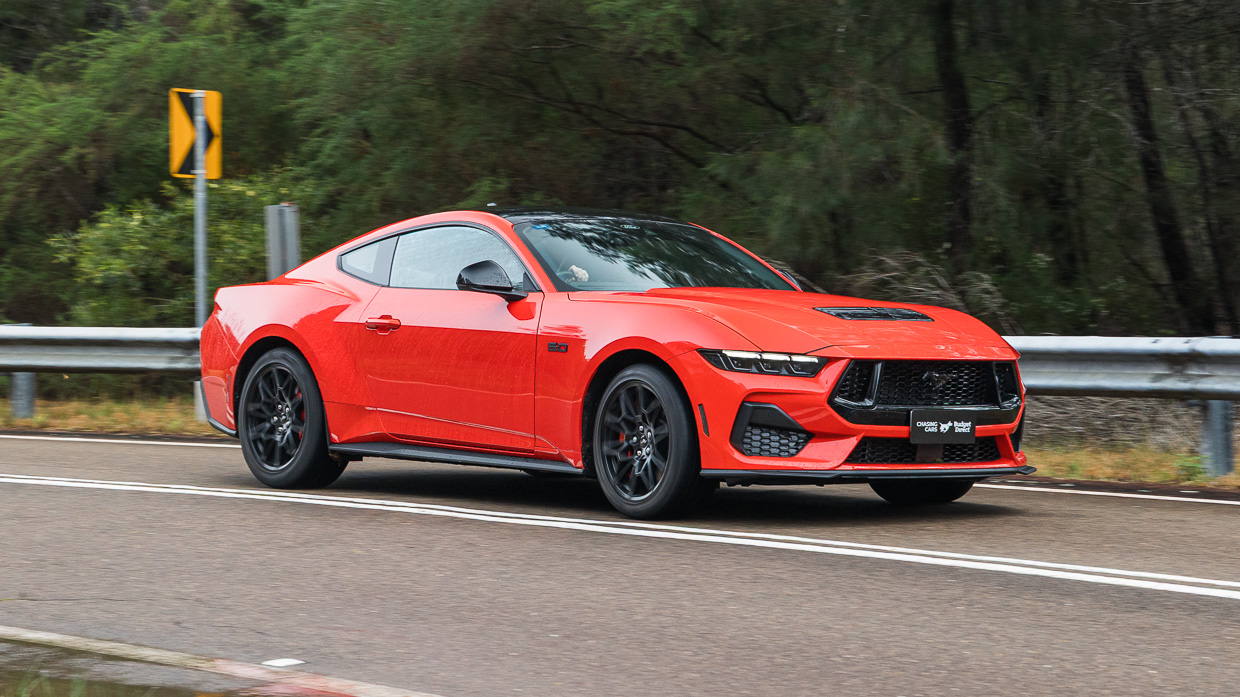-
Car Reviews
- Car News
-
Car Comparisons
Latest comparisons
- Chasing Deals
Controversial timing system axed from 2026 for four-cylinder Ranger and Everest, while V6 diesel set to expand across nearly the entire lineup for both models
The Ford Ranger and Everest powertrain lineup will be revised in the first half of 2026, with significant updates to the 2.0-litre four-cylinder diesel powertrain set to include a big change to the engine’s timing system.
Ford has discontinued ‘bi-turbo’ version of the 2.0-litre diesel. Globally, the carmaker will only produce a single-turbo version of its updated four-cylinder diesel engine.
A spokesperson for Ford Australia told Chasing Cars that the changes were not related to the New Vehicle Efficiency Standard (NVES) and instead said that the bi-turbo was simply no longer available.
The shift to a more robust timing chain for the four-cylinder diesel — in Ranger, Everest and likely in other Ford models including the Transit van — is significant.
Ford has ditched the controversial ‘wet’ timing belt of the outgoing 2.0-litre single- and bi-turbo. Concerns around the long-term durability of this configuration, which used a toothed rubber belt submerged in oil, have grown in recent years.
With first deliveries commencing in the first half of 2026, the updated four-cylinder diesel will use a conventional timing chain design while also picking up new fuel injectors.
Also becoming standard “for all auto variants” — including the single-turbo four-cylinder diesel, which previously had six gears — is the 10-speed automatic already used by the other powertrains available across the Ranger and Everest lineups.
The reference to “auto variants” is interesting, potentially creating a small chance for the T6.2 Ranger’s six-speed manual, available abroad, to join the Australian lineup.
It isn’t yet known whether the single-turbo ‘four will gain additional performance over the 125kW/405Nm of the outgoing version. The bi-turbo produced 150kW/500Nm.
We also don’t know if pricing will jump for the four-cylinder Ranger and Everest alongside these updates, but Chasing Cars understands a big leap is not planned.
While some overseas markets have dropped the four-cylinder diesel entirely from the Ranger line-up, Ford Australia has chosen to retain it, stating that Aussie demand for a smaller diesel engine in both the Ranger and Everest lineup remains very strong.
Still, Ford Australia has said that the 184kW/600Nm 3.0-litre diesel V6 will play a bigger role in the Ranger and Everest model lines, with the six-cylinder expanding into additional variants.
The V6 diesel will even be available in fleet-focused versions of the Ranger and Everest, possibly opening the door for an eventual decision to go V6 diesel-only.
Australia’s NVES rules will make it increasingly costly, from a balance sheet perspective, for Ford to sell large quantities of Ranger, Everest and other models with pure internal combustion engines.
But Ford played down the suggestion that the Ranger plug-in hybrid (PHEV) powertrain, which easily complies with NVES limits — and therefore makes it easier for Ford to keep selling the four-cylinder and V6 diesel (and petrol) models — needs to sell more strongly next year.
The Ranger PHEV makes 207kW/697Nm from a 2.3-litre turbo petrol four-cylinder and electric motor combination — but because of its ability to run on pure-electric power for 43km (WLTP), it produces just 66g/km of CO2 on paper.
That is well below the 2026 NVES limit of 180g/km for utes and 4WDs (including the Ranger and Everest), and also substantially lower than the CO2 emissions of non-hybrid versions of the Ranger.
Ford Australia insiders say they are comfortable with the PHEV’s performance so far and indicated that its share of sales is growing.
While a CO2 figure is not yet available for the updated 2.0-litre diesel, it is expected to fall around 180g/km-195g/km. Meanwhile, the 3.0-litre diesel V6 — which is expanding into more grades — produces a wilful 222g/km.
‘Dirtier’ still is the Ranger Raptor 3.0-litre twin-turbo V6 petrol, which emits 262g/km. At senior levels, Ford has toyed with the idea of switching to an electrified powertrain for the Raptor to bring down its CO2 emissions to a more manageable level.
In future, high-CO2 engine options could remain available but at a higher price. Ford has already taken this path in relation to the Mustang sportscar which copped a $5000 price increase in mid-2025 — and the impact of NVES was cited as a factor.
Some overseas markets subject to similar emissions legislation to NVES have already made the decision to drop the four-cylinder diesel with the intention that the PHEV will replace it.
Ford Australia has not followed that decision as yet, and it appears to be setting up for another strong year of primarily diesel-fuelled Ranger and Everest sales despite the NVES hit.
NVES has been in force since the start of 2025. The laws financially penalise carmakers that sell too many high-CO2 vehicles (such as pure-diesel utes) and not enough PHEVs and full EVs.
Moving forward, Ford Australia faces an incredibly challenging uphill battle with NVES, which will continue to provide stricter and stricter emissions targets year-on-year.
Ford will need to diversify its portfolio of largely non-electrified vehicles if it is to avoid hefty penalties moving forward.
Latest news
About Chasing cars
Chasing Cars reviews are 100% independent.
Because we are powered by Budget Direct Insurance, we don’t receive advertising or sales revenue from car manufacturers.
We’re truly independent – giving you Australia’s best car reviews.
